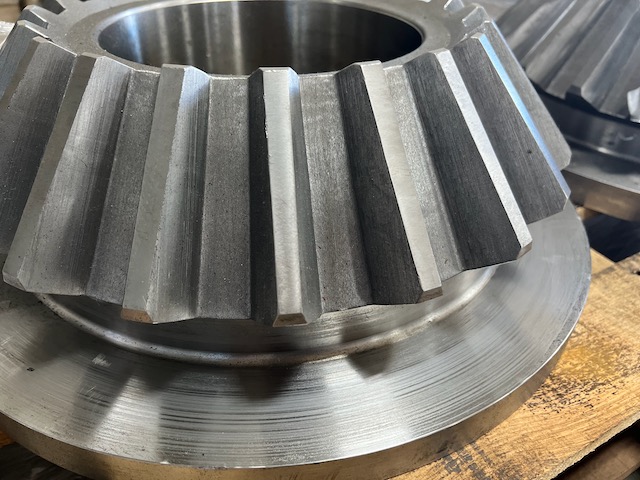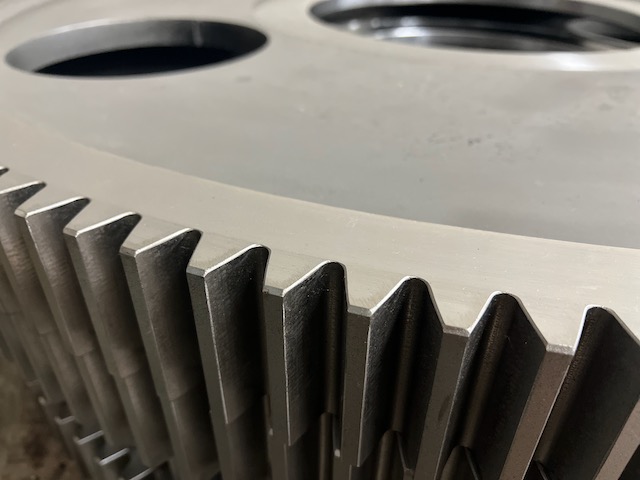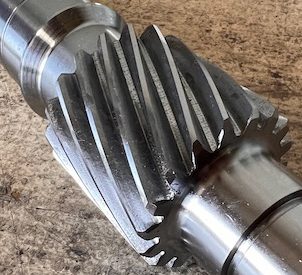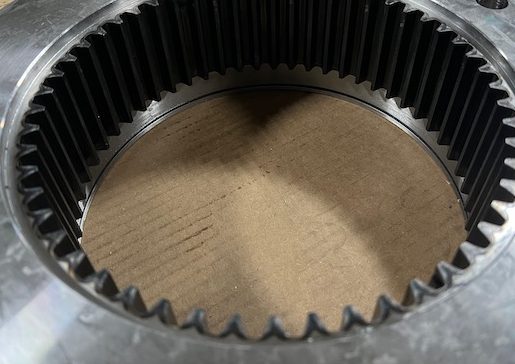Advantages of Heat Treating
Heat treating offers several benefits, making it a vital process in various industries. Here are some key advantages of heat treating:
- Increased hardness and strength: Heat treating can significantly enhance the hardness and strength of materials, particularly metals. By subjecting the material to controlled heating and cooling, it undergoes structural transformations that result in improved mechanical properties. This enables the material to withstand higher loads, resist deformation, and increase its overall durability.
- Improved wear and corrosion resistance: Heat treating can enhance a material’s resistance to wear, erosion, and corrosion. Through processes like hardening, tempering, and surface modification, the material’s surface can be hardened, creating a protective layer that reduces wear and extends its lifespan. Heat treating can also introduce corrosion-resistant properties, making the material suitable for applications in harsh environments.
- Enhanced toughness and ductility: Heat treating can improve a material’s toughness and ductility while maintaining or even increasing its strength. Processes such as tempering or annealing help relieve internal stresses and refine the microstructure, resulting in improved toughness, ductility, and resistance to fracture. This is particularly important for applications that require both strength and impact resistance.
- Precise control over material properties: Heat treating allows for precise control over material properties by adjusting the heating and cooling parameters. This enables manufacturers to tailor the material to specific application requirements. For example, different heat treating techniques can be employed to achieve desired hardness depths, case depths, or specific mechanical properties in different sections of a component.
- Improved machinability: Heat treating can make materials easier to machine by optimizing their microstructure. Certain heat treatment processes can refine the grain structure, reduce internal stresses, and improve the machinability of the material. This leads to improved productivity, reduced tool wear, and enhanced surface finish during machining operations.
- Stress relief and dimensional stability: Heat treating can relieve residual stresses that are inherent in materials due to processes like welding, forming, or machining. By subjecting the material to controlled heating and cooling cycles, stress relief occurs, minimizing the risk of distortion and improving dimensional stability. This is crucial in maintaining the integrity and functionality of components.
- Tailored material properties: Different heat treating techniques can be applied to achieve specific material properties such as magnetism, electrical conductivity, or heat conductivity. This allows materials to be tailored for specific applications, such as in electrical and electronic devices or thermal management systems.
Overall, heat treating is a versatile process that offers numerous benefits, including increased hardness, strength, wear resistance, corrosion resistance, toughness, machinability, and dimensional stability. These advantages enable materials to meet the demands of a wide range of applications in industries such as manufacturing, automotive, aerospace, energy, and more.



